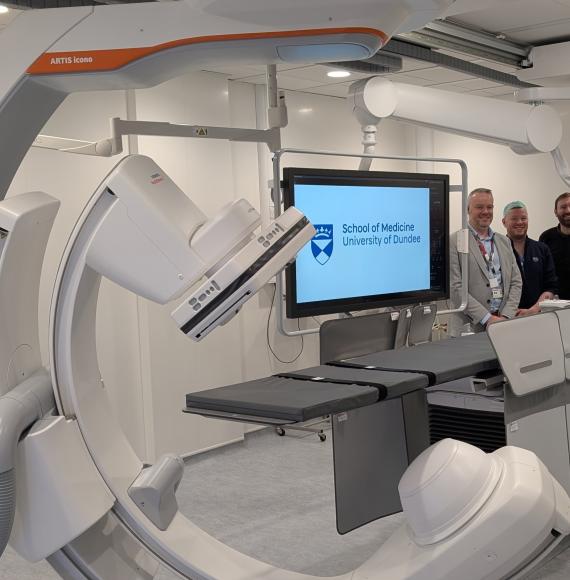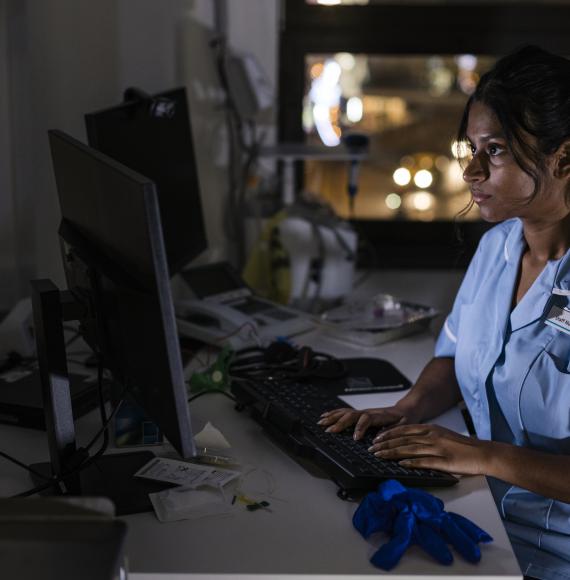A new survey of more than 11,000 nurses has revealed that only a third of shifts have enough registered nurses on them, according to the Royal College of Nursing (RCN).
The RCN said that its findings show that one in three hospital shifts were missing at least a quarter of the requisite registered nurses.
Numbers were even worse in the community, with nearly four in 10 shifts missing up to half of the planned number of nurses.
High demands
The RCN has also said that a significant number of nurses in A&E have reported having more than 51 patients to care for — similar inpatient caseloads were consistently flagged too.
Responding to the survey of RCN members, NHS Providers’ deputy CEO, Saffron Cordery, highlighted that, as we stand almost a year to the day on from the publication of the NHS Long Term Workforce Plan, trusts in England are still suffering from over 100,000 vacancies, and staff have high levels of burnout.
According to the latest NHS Staff Survey results, over four in 10 (42.7%) staff often or always feel worn out at the end of their shift, while nearly a third (30.4%) report work-induced burnout.
"Careers across the NHS including in community health services must be rewarded adequately otherwise it's hard to recruit and attract the people we need,” added Cordery.
“An NHS fit for the future needs a thriving health and care workforce with more, meaningful investment in nursing education and training.”

Patient safety concerns
Four in five of the surveyed RCN members said there are not enough nurses to meet the needs of patient safety. The RCN has now called for safety-critical nurse-to-patient ratios to be enshrined into law.
With workforce shortages still rife, individual nurses are tasked with caring for more than 15 patients at a time — the RCN wants to put a cap on this number.
“Without safety-critical limits on the maximum number of patients they can care for, nurses are being made responsible for dozens at a time, often with complex needs,” said Professor Nicola Ranger, the RCN’s CEO. Situations like this endanger patients and demoralises staff.
She continued: “When patients can’t access safe care in the community, conditions worsen, and they end up in hospital where workforce shortages are just as severe. This vicious cycle fails staff and patients — it can’t go on.
“We desperately need urgent investment in the nursing workforce but also to see safety-critical nurse-to-patient ratios enshrined in law. That is how we improve care and stop patients coming to harm.”
Saffron Cordery added: "Safety of patients is a top priority. Without enough of the right staff in the right places, safety and quality of care are compromised.”
Learn more about the NHS workforce by watching an exclusive online conference hosted by National Health Executive earlier this year.
Image credit: iStock



















